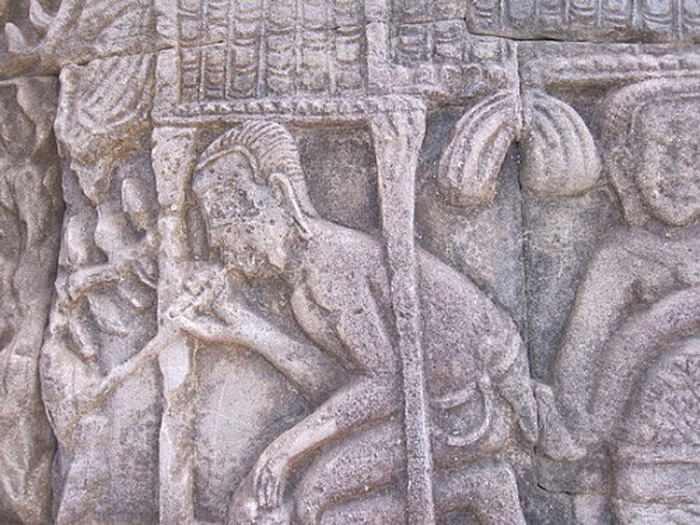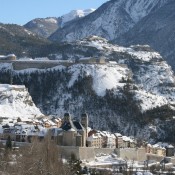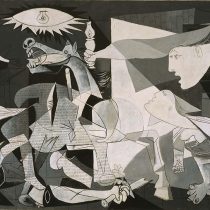Opium, cannabis and other plant drugs were used for their hallucinogenic properties in prehistoric Europe within the framework of ritualistic practices. This is what scientists working in a number of sites across Europe suggest, based on finds such as opium poppy bits, cannabis seeds and other remnants of mind altering substances in Neolithic sites as far from each other as Spain, Italy and Romania.
Elisa Guerra-Doce is a researcher in the University of Valladolid, Spain, working on social anthropoligical aspects of finds from Neolithic sites in Spain and acros Europe. Recently, Guerra-Doce announced the results for one of her research projects, involving the connection of drug use in Neolithic Europe with rituals. Published in the Journal of Archaeological Method and Theory, Guerra-Doce’s conclusion was that the use of substances was “an integral part of prehistoric beliefs, and that these substances were believed to aid in communication with the spiritual world”.
Material for her research was of diffrent nature and by diverse parts of Europe. Bits of the opium poppy found between the teeth of a male adult in a Neolithic site in Spain, charred cannabis seeds discovered in bowls from Romania, traces of barley beer on a number of pottery vessels from the Iberian area, and abstract iconography of the ritual use of hallucinogenic mushrooms from the Italian Alps were taken into account.
Guerra-Doce systematically documented the cultural significance of consuming such substances within the framework of their respective cultural contexts. Then, she proceeded in examiming them after allocating them into four different types of archaeological documents: the macrofossil remains of the leaves, fruits or seeds of psychoactive plants; residues suggestive of alcoholic beverages; psychoactive alkaloids found in archaeological artifacts and skeletal remains from prehistoric times; and artistic depictions of mood-altering plant species and drinking scenes.
The repeated presence of traces of sensory altering products in funerary and ceremonial contexts made Guerra-Doce directly connect the use of such elements with ritualistic activity. Whether the details of such rituals are still unclear, the researcher suggests that drug and alcohol use was taking place to assist individuals in altering the usual state of consciousness, or achieving a trance state. In that framework, living individuals would connect to deities while the deceased could sustain thir power for their journey to the afterlife or honour the divine in the underworld. Also, as traces of such substances have been found in elite contexts, their use would be highly restricted to certain classes of advanced status.
“Far from being consumed for hedonistic purposes, drug plants and alcoholic drinks had a sacred role among prehistoric societies.It is not surprising that most of the evidence derives from both elite burials and restricted ceremonial sites, suggesting the possibility that the consumption of mind-altering products was socially controlled in prehistoric Europe.”, explains Guerra-Doce.





